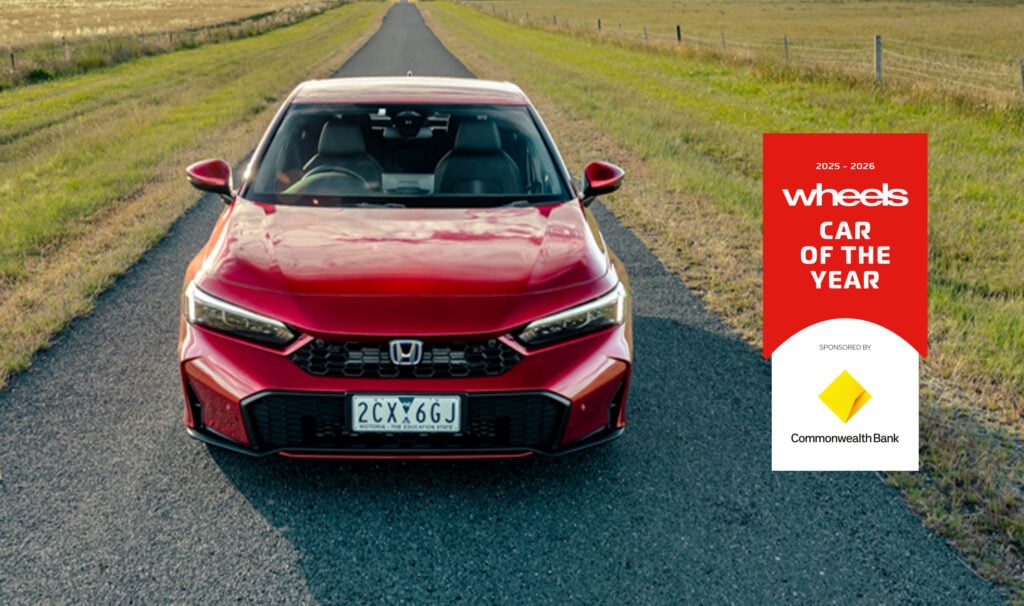Rising sun’s reborn supercar plots assault with battery, but doesn’t electrify all judges.
Here’s the car that divided opinion more sharply than any other at Car of the Year 2017. Honda’s aim with the NSX was to create a visionary supercar, something to rekindle its fading reputation for engineering, at once audacious and intelligent. And this hyper-hybrid does demonstrate that one of Japan’s bravest brands, historically speaking, hasn’t turned into a complete coward, technically speaking.
But while the Honda NSX is stuffed with tomorrow technology, is this enough to make it desirable today? This, in essence, was the question that split the judges, sometimes noisily.

The counter attackers pointed out that the Honda produces supercar-league acceleration more efficiently, with three electric motors supplementing the output of its twin-turbo 3.5-litre engine. The sound of the 75-degree V6 in Sport+ and Race modes is wonderful, at least from inside the Honda, and the way the NSX’s drivetrain seamlessly blends urge from four different sources is hugely impressive.
The nine-speed dual-clutch transmission was singled out for special praise. It’s a magically quick and beautifully co-ordinated shifter when the car’s sportier modes are selected. Possibly even better than the latest dual-clutch gearboxes from the acknowledged experts at Porsche and Ferrari.
The electric motors that make the Honda a hybrid add breadth to the car’s capability, they argued. The NSX can run almost silently, using only electric power, in its Quiet mode, making it a more sociable beast than the typical supercar. And the torque-vectoring ability of the two electric motors in its front axle palpably enhances handling.

It wasn’t all argy-bargy. There was consensus that the NSX’s lane-change stability was as outstanding as its wet braking wasn’t.
The NSX is too costly to be independently crash tested and lacks advanced active safety technology, such as autonomous emergency braking, which is increasingly offered in much less costly cars, though it is fitted with an array of passive safety features.
The NSX comes as a welcome hint at a Honda return to form, but because it failed to win every judge with its technology, performance and driving character, it could not advance beyond Round One.
Specs
BODY Type: 2-door coupe, 2 seats Boot capacity: 110 litres Weight: 1725kg
DRIVETRAIN Layout: mid-engine (north-south), AWD Engine: 3493cc twin-turbo V6, 3 x electric motors (427kW/645Nm) Transmission: 9-speed dual-clutch
CHASSIS Tyres: 245/35R19 – 305/30R20 ADR81 fuel consumption: 9.7L/100km CO2 emissions: 226g/km Collision mitigation: No Crash rating: not tested
Price: $420,000






